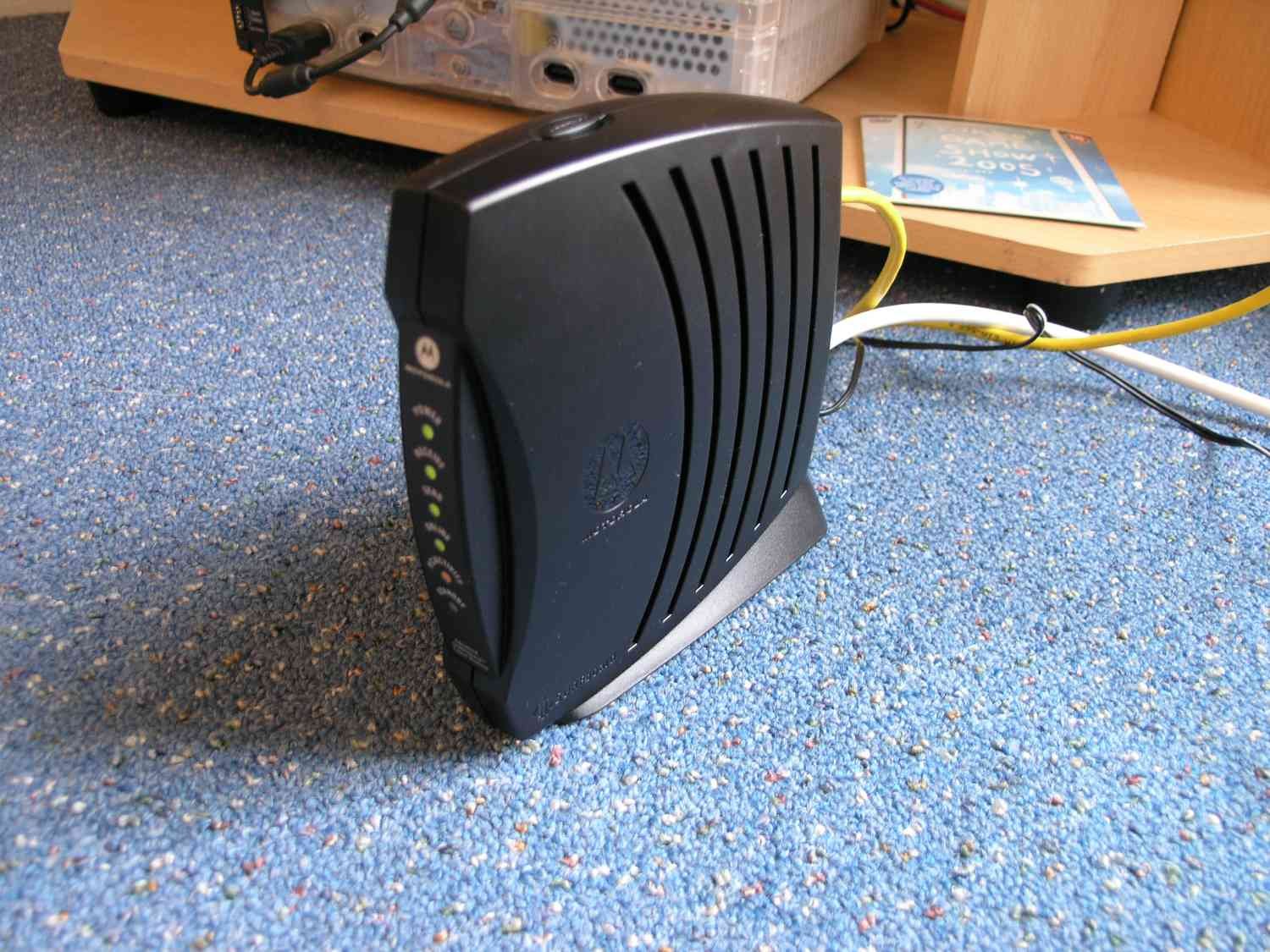Setting up a Wi-Fi network at home can seem daunting, but it’s a straightforward process once you understand the steps involved. Whether you’re setting up a new network or replacing an old one, this guide will walk you through everything you need to know to get your Wi-Fi up and running efficiently.
Understanding the Basics
Before diving into the setup process, it’s helpful to understand some basic concepts about Wi-Fi networks.
1. What is a Wi-Fi Network?
A Wi-Fi network allows devices to connect to the internet wirelessly through a router. The router transmits data using radio waves, enabling your devices to communicate with the internet without physical cables.
2. Components You’ll Need
To set up a Wi-Fi network at home, you’ll need the following components:
- A broadband internet connection (provided by your ISP).
- A wireless router.
- A modem (sometimes integrated with the router).

How to Set Up a Wi-Fi Network at Home
Step-by-Step Setup Guide
Now that you have an overview, let’s get into the nitty-gritty of setting up your Wi-Fi network.
1. Choose the Right Location for Your Router
The placement of your router is crucial for optimal Wi-Fi performance. Ideally, place it in a central location within your home to ensure a strong signal throughout.
a. Avoid Obstructions
Position your router away from obstructions such as walls and large metal objects. These can interfere with the signal and reduce coverage.
b. Elevate the Router
Place the router on a higher surface, like a shelf, to help distribute the signal more evenly throughout your home.
2. Connect Your Hardware
Connecting your hardware is a simple process. Follow these steps to get everything connected.
a. Connect the Modem to the Router
Plug one end of an Ethernet cable into the modem and the other end into the router’s WAN (Wide Area Network) port. This establishes the connection between your modem and router.
b. Power Up Your Devices
Plug in and power up both the modem and router. Wait for a few minutes for them to initialize and establish a connection.
3. Configure Your Router Settings
Accessing and configuring your router’s settings is essential for setting up your Wi-Fi network. Here’s how you do it:
a. Connect to the Router
Connect a computer or smartphone to the router using an Ethernet cable or its default Wi-Fi network. Most routers have a default network name (SSID) and password that you can use to log in.
b. Access the Router’s Web Interface
Open a web browser and enter the router’s IP address into the address bar. This is typically something like 192.168.1.1 or 192.168.0.1. Refer to your router’s manual for the exact address.
c. Log In to the Router
Enter the default username and password provided in the router’s manual. Once logged in, you’ll be able to configure your router’s settings.
4. Set Up Your Wi-Fi Network
Configuring your Wi-Fi settings is the next step. Here’s how to do it:
a. Change the Network Name (SSID)
Customize your network name (SSID) to something unique and easy to recognize. Avoid using personal information in your SSID for security reasons.
b. Set a Strong Password
Create a strong, secure password for your Wi-Fi network. Use a combination of letters, numbers, and special characters to enhance security. Avoid common or easily guessable passwords.
c. Choose the Security Type
Select WPA2 or WPA3 as your security protocol. These are the most secure options available and will help protect your network from unauthorized access.
5. Test Your Connection
After configuring your settings, it’s important to test your Wi-Fi network to ensure everything is working correctly.
a. Connect Your Devices
Connect your devices to the new Wi-Fi network using the SSID and password you set up. Check that they can access the internet without issues.
b. Test Signal Strength
Move around your home with your devices to test the signal strength in different areas. If you notice weak spots, consider repositioning your router or adding a Wi-Fi extender.
Conclusion
Setting up a Wi-Fi network at home doesn’t have to be complicated. By following these steps—choosing the right location for your router, connecting your hardware, configuring your settings, and testing your connection—you can ensure a strong and secure wireless network. A well-configured Wi-Fi network enhances your online experience, providing reliable connectivity for all your devices.









